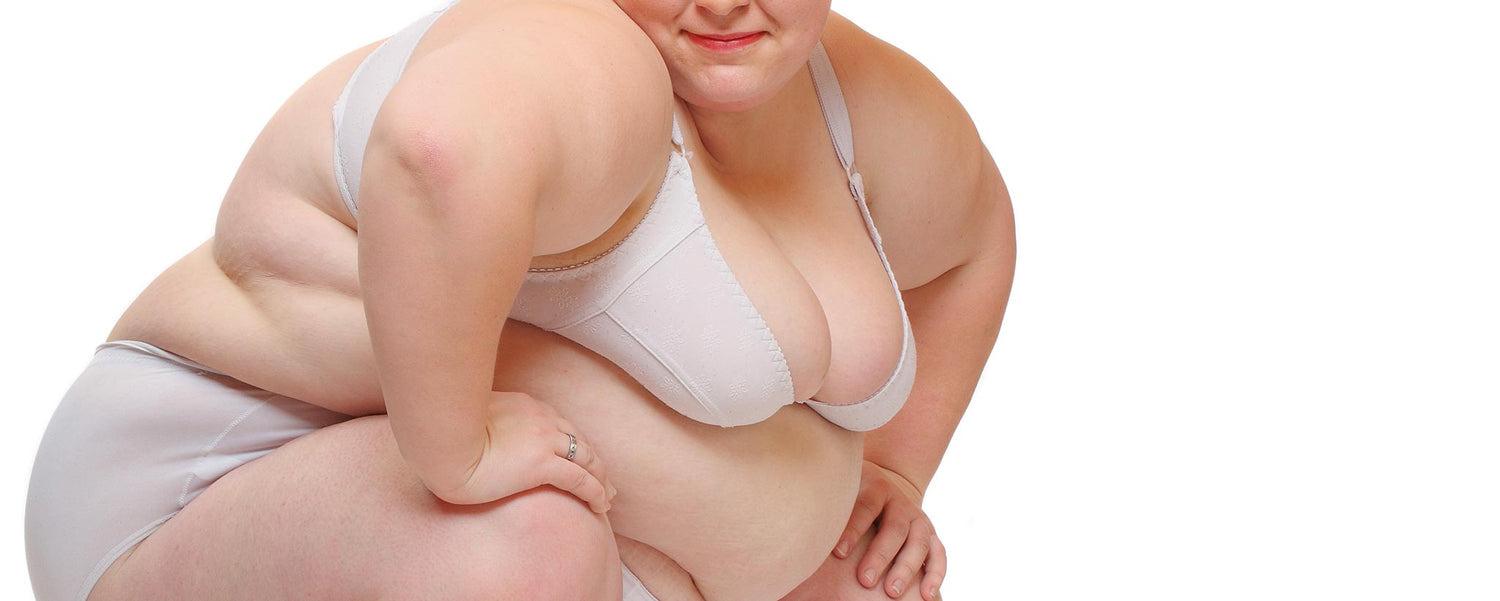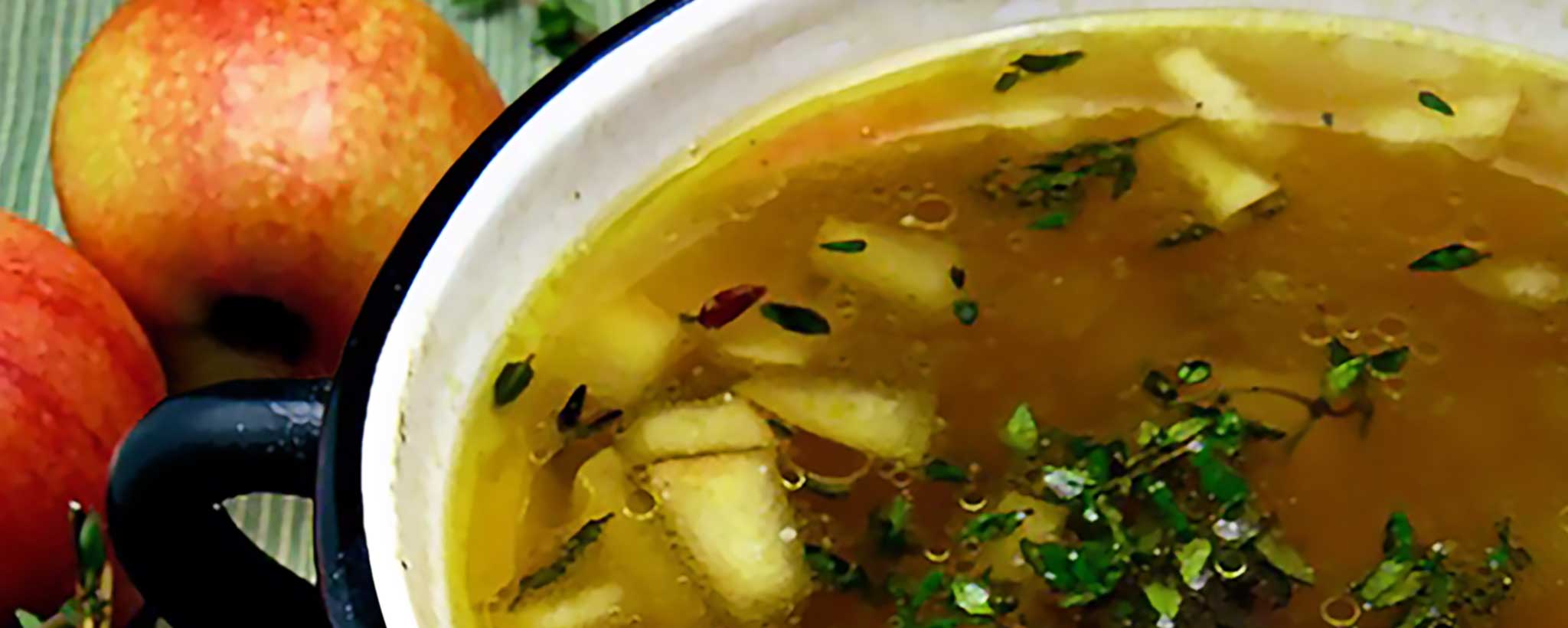Science does not support the notion of remarkable weight loss by typical waste elimination.
Do We Sweat It Off?
Dieters might appear to lose significant weight through perspiration. The revered reward for high-intensity workouts is being drenched with sweat. Perspiration indeed weighs something.
However, the weight of fluid depletion is quickly regained by drinking water or beverages with electrolytes soon after workouts. This does not mean perspiration is without benefits.
Sweating regulates body temperature, helps keep your skin and hair healthy, and is a good indicator of workout intensity. But do not confuse this popular biomechanical dehydration with significant fat burning.
Evacuation?
So, how does excess weight or fat leave your body? Come on, nutrition, dermatology, and gastroenterology experts! Three… two… one? If you guessed number two, you are not alone. Anecdotally, the loss of pressure and bloating that follows a good bowel movement suggests the relief of fat or at least some weight through this method.
The average poop weighs around 1/4 to 1 pound (113–454 grams). People who consume substantial meals pass a higher volume of fecal matter.
Science does not support the notion of remarkable weight loss through defecation. Though visceral fat cells shrink and expand, they are not expelled through the digestive tract. It takes an average of 33 hours to pass consumed food out of the body.
Normal bowel movement intervals vary for each person, ranging from three times per day to once every three days. Do not resort to laxatives as a weight-loss method.
Most of your body fat is broken down into carbon, hydrogen, and oxygen, according to a 2014 study published in The BMJ. Carbon dioxide is excreted through breathing, and water leaves your body in the form of sweat and urine.
Take a deep breath. According it researchers, lungs are the primary excretory organ for fat. So breathe harder during workouts. Visceral fat is not eliminated through bowel movements.
Sculpting?
Non-Invasive Procedure
There are both invasive and non-invasive options for fat reduction. A non-invasive option is CoolSculpting®. According to its website, this is a fat-freezing technology that gives long-term results. At a certain temperature, fat cells freeze. Once this happens, your body naturally eliminates the dead cells in 2–6 months or more, resulting in up to 20%–25% reduction of fat in a treated area.
Invasive Procedures
You might talk about losing weight. But what you want is to decrease the circumference. A popular invasive fat-reduction option is liposuction. As the name implies, fat is literally sucked from your body.
Serious complications include deep vein thrombosis, organ perforation, bleeding, and infection. Risk increases when treating areas covering a greater percentage of the body, when incisions are numerous, when a vast amount of tissue is removed, or when concurrent surgeries are performed. Death occurs in about one per ten thousand patients.
The laparoscopic adjustable gastric band (lap-band) reduces stomach capacity by utilizing a silicone band. The surgical procedure is performed through a small incision. In February 2011, the United States Food and Drug Administration (FDA) expanded approval of adjustable gastric bands to patients with a BMI between 30 and 40 and one weight-related medical condition. Though the band is removable, it is not entirely reversible as adhesions and tissue scarring are inevitable.
One of the most invasive bariatric surgical options for morbid obesity (40+ BMI) is gastric bypass (GBP) surgery. The stomach is divided into a small upper pouch and a much larger lower “remnant” pouch. Then the small intestine is rearranged to connect to both.
Any GBP leads to a marked reduction in the functional volume of the stomach, accompanied by an altered physiological and physical response to food. A study from 2005 to 2006 revealed that 15 percent of patients experienced complications as a result of gastric bypass, and 0.5 percent of patients died within six months of surgery due to complications.
Bariatric bypass technique varies according to the surgeon and patient requirements. In the procedure pictured, part of the intestine is attached to the upper stomach, where a small pouch is formed. Food is diverted past the duodenum while allowing digestive acids to migrate into the small intestine, where digestion takes place.
Tummy-Tuck
Loss of significant weight through various bariatric surgeries can result in excess skin. Pregnancy stretches abdominal muscles in addition to the skin. One of two surgical procedures addresses this. A panniculectomy removes panniculus, or excess skin, from the lower abdomen. Abdominoplasty also tightens abdominal muscles.
Detoxification?
Liquid Diets
The Master Cleanse is promoted as a detoxifying process (functions of the liver and kidneys). The creator, Stanley Burroughs, provides detailed instructions for those with preexisting health issues since no medication is recommended while detoxing. Participants can lose, on average, 2 pounds per day while consuming only liquids—largely due to taking in a few calories. Without significant changes to eating and fitness routine, expect to regain most, if not all, weight after resuming food consumption.
Though not advocating such severe nutritional deprivation, solid matter (along with copious liquid) continues to pass days after the last solid meal. This is partly attributed to the elimination of particulates lodged within colon folds with non-soluble dietary fats, dead bacteria, living bacteria, and toxins.
You do not need to go on a liquid diet to lose weight. If you decide to do so with your physician’s approval, there are less extreme alternatives to the Master Cleanse. Both soluble and insoluble fibers aid bulk elimination. Eat three well-balanced meals per day with fibrous snacks in conjunction with regular exercise, and drink plenty of water.
Healthy Weight Loss
Burning more calories than you consume forces your body to access energy previously stored as fat. Build as much lean muscle as you can since muscle mass increases your metabolism for burning calories.
A website you will love to hate is CalorieKing. (Smartphone app is available.) It details the amount of physical exercise required to burn calories for virtually any meal you consume. This may either encourage more physical activity or cause you to make healthier food choices. Combine aerobic (cardiovascular) and anaerobic (muscle-building) exercises with vigorous exhalation to burn calories, reduce fat, and feel A Bit More Healthy.
To support the writing of scholarly articles about gastroenterology, ClinicalPosters sells human anatomy charts, scientific posters, and other products online. You may sponsor specific articles, become a ClinicalNovellas Member, or remit a small donation.
ClinicalPosters sells human anatomy charts, scientific posters, and other products online to offset expense of the writing useful articles about gastroenterology. Slide extra posters into DeuPair Frames without removing from the wall.
Show your support by donating, shopping for ClinicalPins, becoming a ClinicalNovellas Member, or leaving an encouraging comment to keep the research going.
To support the writing of useful articles about gastroenterology, ClinicalPosters sells human anatomy charts, scientific posters, and other products online. You may sponsor specific articles or remit a small donation.
ClinicalPosters sells human anatomy charts, scientific posters, and other products online to offset expense of the writing useful articles about gastroenterology. Slide extra posters into DeuPair Frames without removing from the wall.
ClinicalPosters sells human anatomy charts, scientific posters, and other products online. You may remit a small donation or become a ClinicalNovellas Member.
You can support the writing of useful articles about gastroenterology by sponsoring specific articles, becoming a ClinicalNovellas Member, or remitting a small donation. Visible content is optimized for device size.






 Romance & Health Intertwine. Fall in love with a captivating romance miniseries that explores the essence of well-being. Become a ClinicalNovellas member for heartwarming tales.
Romance & Health Intertwine. Fall in love with a captivating romance miniseries that explores the essence of well-being. Become a ClinicalNovellas member for heartwarming tales.






